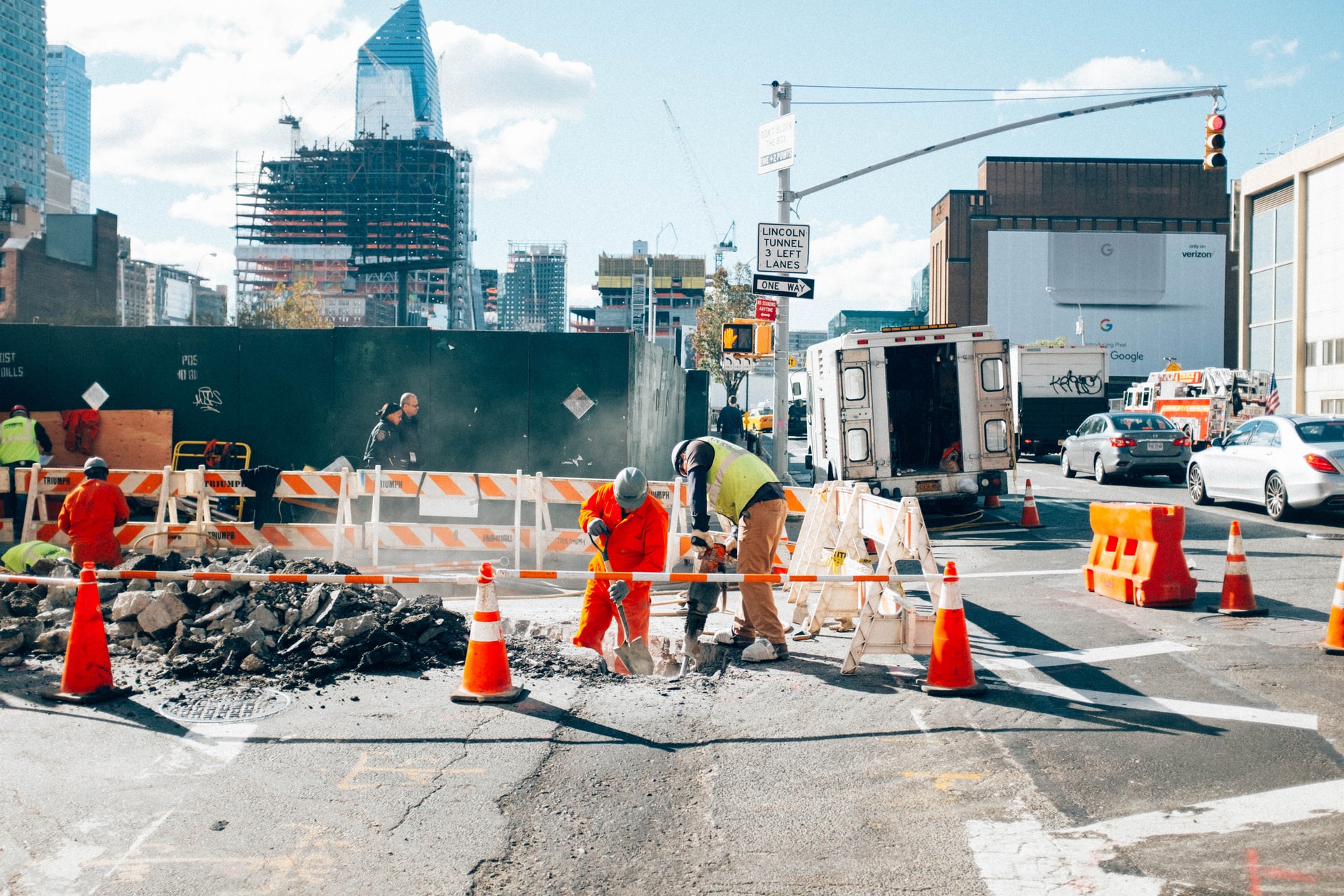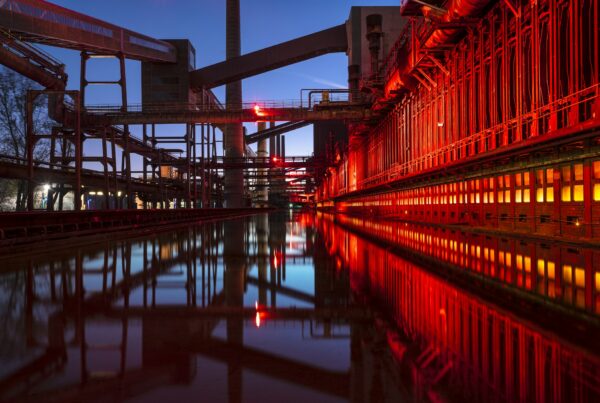Amid negotiations around the Biden administration’s proposals for $2.3 trillion in infrastructure spending, a piecemeal approach appears to be more likely than sweeping legislative victories for Democrats.
Though “human infrastructure” has been a central truss for the White House’s plans, Republicans aren’t budging on their call for a central focus on roads, bridges, and other traditional construction projects. Democrats would probably be able to rally enough votes to override Republican opposition in the Senate, but they’ve yet to show willingness to do so, focusing more on bipartisan compromise.
Related ETFs: Global X U.S. Infrastructure Development ETF (PAVE), iShares U.S. Infrastructure ETF (IFRA), Industrial Select Sector SPDR Fund (XLI), Invesco DB Base Metals Fund (DBB)
Last month, President Biden introduced the various components of his $2.3 trillion plan to overhaul and upgrade the nation’s infrastructure.
Though the prospect of a large infrastructure has been broadly popular among the American people for many years now, plans seem to always run into congressional roadblocks. This time is no different.
Playing Politics
As Vox notes, Republican Senators John Barrasso (R-WY), Bill Cassidy (R-LA), and Susan Collins (R-ME) all emphasized that they’d support a bipartisan deal, but only if its focus is the roads and bridges that make up a typical surface transportation reauthorization bill. Barrasso said Republicans’ counteroffer worth $568 billion could be a reasonable starting point for negotiations.
In recent days, Senate Minority Leader Mitch McConnell has softened the Republicans’ stance, suggesting the price tag of an infrastructure package he is willing to accept may go as high as $800 billion. He did re-iterate, however, that “traditional” infrastructure – projects like roads, bridges, ports, and broadband – must be the recipients of funding.
Some more progressive elements of congress, particularly Senator Bernie Sanders (I-VT), think Democrats would do best to circumvent the need for any meaningful amount of Republican support. Unlike most other bills, budget measures can pass the US Senate with a simple majority of just 51 votes, as opposed to the traditional 60, to become law.
The chamber is currently split 50-48 among Republicans and Democrats, respectively, plus two Independents (including Sanders and Maine’s Independent Angus King) that would certainly side with the Democrats. In a vote that split solidly along party lines at 50-50, Vice President Kamala Harris would exercise her role as the President of the Senate to tip the balance toward Democratic proposals.
While the Biden Administration wants to make this bill as bipartisan as possible, Sanders argues that many Republican members of congress only want to hold up the process, despite the majority of the American people supporting new spending initiatives. As he told Axios in a recent interview, “The bottom line is the American people want results…. And frankly, when people got a, you know, $1,400 check or $5,600 check for their family, they didn’t say, ‘Oh, I can’t cash this check because it was done without any Republican votes.'”
But if we look at what has been prioritized thus far, it appears more likely that most Democrats will be fine with a piecemeal approach and meeting their Republican counterparts somewhere in the middle.
The Drinking Water and Wastewater Infrastructure Act of 2021, which was overwhelmingly approved in an 89-2 Senate vote, may provide some insight into the current trajectory of negotiations. The bill authorizes about $35 billion over five years to improve leaky pipes and upgrade facilities, but it is far short of the $111 billion Biden hoped for over eight years.
Human Infrastructure and the 21st Century Economy
Right off the bat, White House officials have worked to highlight the proposal’s combination of spending and tax credits that would translate into 20,000 miles of rebuilt roads, repairs to the 10 most economically important bridges in the country, and the elimination of lead pipes from the nation’s water supplies.
But what makes this infrastructure bill different from its predecessors…
To read the rest of this Market Insight, START A FREE TRIAL You’ll also gain access to: If you already have a subscription, sign in










